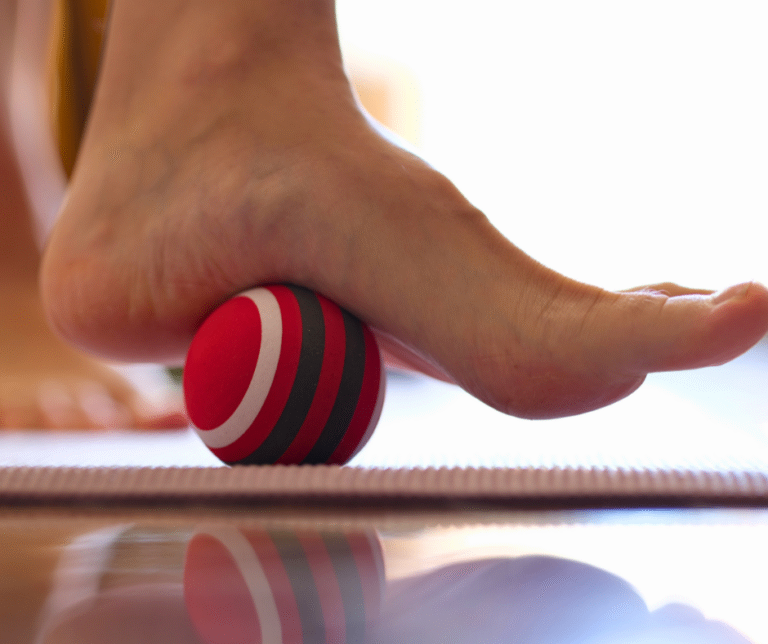How Do Gait Abnormalities Happen?
Our bodies are amazing at finding the path of least resistance. That’s why, when a foot condition makes a normal movement painful or impossible, the brain tells other muscles to carry the weight- literally. This is ultimately how gait abnormalities are born, and they will be the topic of our conversation in this blog post from us at Desert Podiatric Medical Specialists.
Foot Conditions That Change How You Walk
Many gait abnormalities directly stem from issues within the foot itself. Pain avoidance is perhaps the most immediate cause; any painful foot condition, whether it’s a sharp heel pain from plantar fasciitis, the throbbing of a bunion, or the sensitivity of an ingrown toenail, will instinctively force a person to limp or alter their stride to escape the pressure from the part that hurts most.
Beyond pain, structural deformities such as flat feet or high arches fundamentally change how the foot interacts with the ground. Walking may not feel like much, but even at a normal pace, there’s significant weight coming down. When they absorb shock unevenly, that’s when pain persists.
Similarly, muscle weakness or imbalance in the foot and ankle due to injury (or nerve conditions like peripheral neuropathy) can result in issues like foot drop or general instability, which can cause an unsteady or dragging pattern.
Even limited joint mobility, stiff big toe, or arthritis in the ankle can restrict the natural movement your body requires for a fluid stride, which may cause it to compensate through the knees, hips, or lower back.
Gait Abnormalities That Cause New Foot Conditions
The ironic part is that these gait abnormalities can create a vicious cycle that leads to new foot and ankle conditions. This is especially the case if another part of the foot picks up the slack, as opposed to another part of the body.
Altering your foot placement is a good example of this because the undue weight on another area of your foot could cause an overuse injury. Not to mention, the new friction and pressure points from an abnormal stride could walk you right into painful corns, calluses, or blisters.
This can also be hard on the joints in your feet and ankles. Chronic, abnormal loading can speed up arthritis progression or lead to overworked tendons.
But what if it’s not the foot compensating? Persistent limping, for example, can lead to shin splints or Achilles tendonitis due to overworked calf muscles or even knee pain higher up the lower body.
In general, an unstable or uneven gait compromises balance and puts you at risk for falls (if you are a senior) or new injuries like sprains or fractures.
If you’re experiencing foot pain, discomfort, or changes in how you walk, come see the expert team at Desert Podiatric Medical Specialists. With locations in Tucson and Oro Valley areas of Pima County, Arizona, Bradley A. Whitaker, D.P.M., FACFAS, Peter C. Merrill, D.P.M., AACFAS, and Zeno Pfau, D.P.M., are here for you. Call us at (520) 575-0800 or contact us online!







